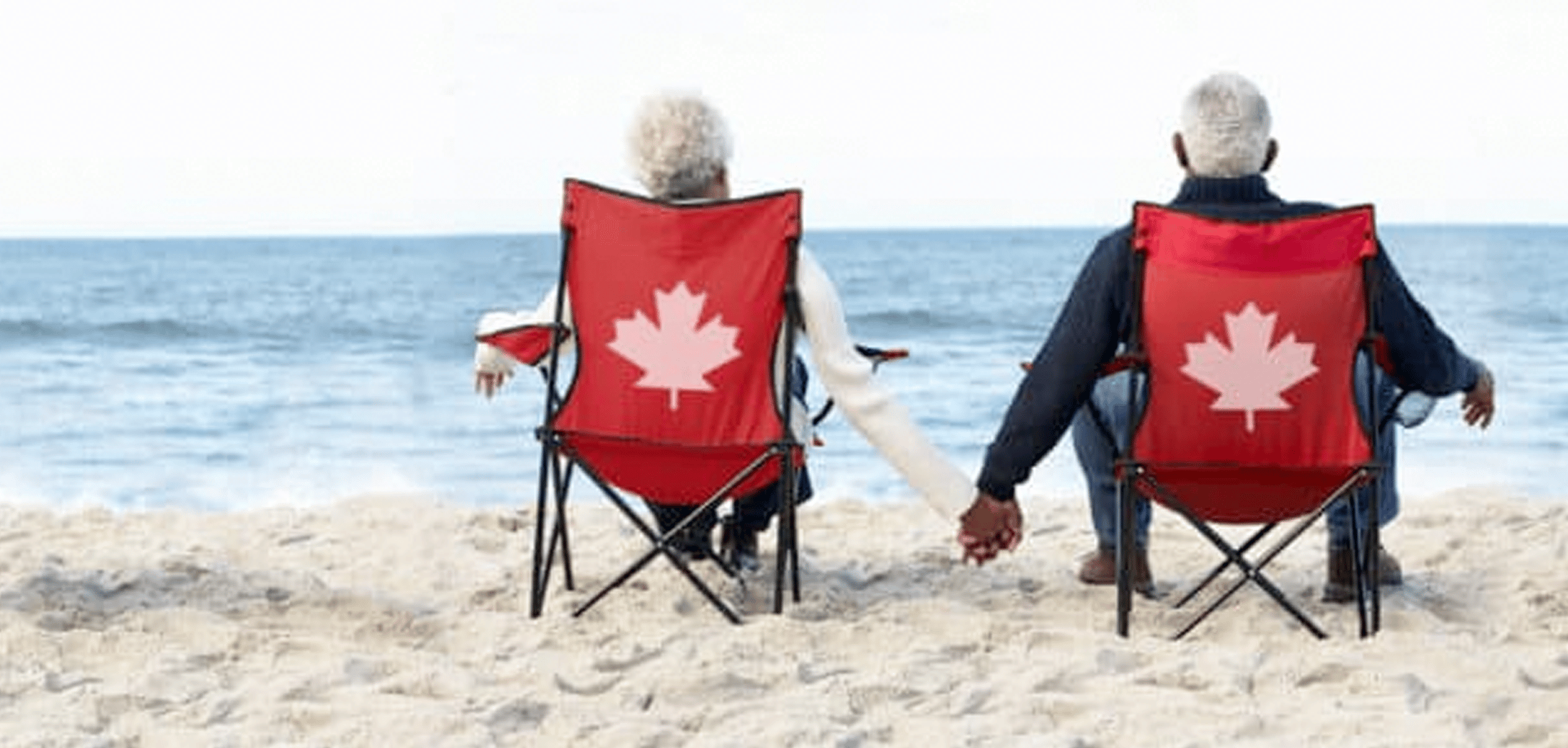
The warmth of Anne Murray’s voice on the classic hit “Snowbird,” is nothing compared to actually feeling the sun shine down on you in Florida, Georgia, Texas, Nevada, Arizona, California or the Carolinas in the middle of winter.
Just as the changing colours of the leaves mark the beginning of sweater weather for Ontarians, they also signal that it’s time for millions of Canadian snowbirds to gear up for their migration to the balmy southern states.
Whether your trip south offers a brief respite from the bitter cold or you’re fortunate enough to be able to stay south for the duration of the winter season, it’s important to remember that while we share much in common with our American neighbours, there are some key differences when it comes to the law. If you have the misfortune of being involved in a car accident while visiting the United States, prevailing on the Canadian courts for compensation may be an option that is in your best interest.
In this blog post, I explain why Canadian snowbirds should carefully weigh how to proceed in order to obtain maximum benefits and/or compensation for damages. Consulting an experienced Canadian personal injury lawyer, on their own or as co-counsel with an American attorney, can make a real difference in accessing funds to assist in your recovery.
Pack sunscreen, beach towels, and extra insurance coverage
No one wants to think about becoming injured while on vacation, but in the event something serious happens to snowbirds who flock south, they will be glad to know that their automobile insurance policy could protect them.
It is essential to review optional motor vehicle insurance add-ons/endorsements. Most Ontario drivers have $1 million in liability coverage in their policy (the minimum allowed is $200,000). However, the cost to increase this coverage to $2 million is generally reasonable and having it could make a tremendous impact in the event you suffer a catastrophic injury.
Uninsured and underinsured American drivers
All Ontario motor vehicle insurance policies carry a minimum of $200,000 in uninsured vehicle insurance. In the event are involved in a hit-and-run where the at-fault driver cannot be identified, or an at-fault driver who is identified is uninsured or insured for less than $200,000 (CDN), you can claim against your Ontario insurance policy carrier for damages these drivers or their insurance company policy do not cover. If you only have access to an Ontario auto policy covered for the minimum ($200,000), you are covered for damages caused by the U.S. defendant for up to $200,000 (CDN).
More importantly, most Ontario auto policies (which cover not only the auto policy owner but also their spouses, some of their children and passengers in their vehicle if that vehicle was involved in the accident), carry more than $200,000 liability and uninsured coverage (most have at least $1,000,000 coverage), and also insure you up to the full policy limit (of $1,000,000) for something called “Underinsured Coverage.” Then your potential recovery depending on your damages and losses suffered, may reach $1 million (CDN), or perhaps even more!
This coverage will only be available if the policy you are relying on carries an Endorsement named OPCF 44. Many policies in Ontario already carry this endorsement. If you are uncertain if your policy carries it, review your policy. If you are still uncertain, ask your auto insurance agent or broker. If you have been the victim of an accident while travelling in the U.S., you may be covered on your own policy, or another policy, and we are happy to review your situation and help answer the question of whether you are covered or not.
It’s estimated that about two per cent of drivers in Ontario are uninsured. Ontario Provincial Police report an average of about 2,000 accidents involving uninsured vehicles on Ontario roads each year that total in excess of $125 million in damages. But the number of uninsured and underinsured drivers in the United States is far, far greater. On average, about one in six drivers in the United States is uninsured. In some states, that number rises to one in three.
To better protect yourself, consider adding the Ontario Policy Change Form (OPCF) 44 endorsement to your motor vehicle insurance. If you have family members travelling with you, consider adding the OPCF 44R endorsement. These insurance add-ons will provide extra third-party liability coverage you can draw on if the at-fault driver is uninsured or underinsured.
For example, you’re driving to a beach in Florida. Another driver runs a red light, hits your car, and causes you serious injuries. In the sunshine state, drivers are only required to carry $10,000 of liability insurance – hardly enough to adequately compensate you for all but the most minor injuries.
The standard uninsured driver insurance on your policy would allow you to claim up to a total of to $200,000 (CDN) regardless of the policy limit available. But the OPCF 44 would allow you to make a claim for damages up to the total third-party liability limit on your own policy. If you have $1 million in third-party liability coverage, you would be covered for up to a total of $1 million (CDN) for damages and losses caused by the U.S. driver. The OPCF 44R would extend this protection to most of your family members as well.
The OPCF 44 and 44R apply to motor vehicle accident injuries whether you/your family were the driver, a passenger, cyclist, or pedestrian.
For more information, we recommend you consult with our injury lawyers for Canadian snowbirds.
Making a claim
You might think that if you were injured in the United States, you would need to use their legal system to make a claim. This is not necessarily true and it may not be advisable to start the claims process until you better understand your rights and options.
Different jurisdictions provide different legal remedies to personal injury plaintiffs and also impose their own statutory limits to damages and claims periods. For example, in Ontario, you normally have two years from the date of the loss to make a claim for damages. In Nevada, South Carolina, and Florida, it’s one, three, and four years, respectively.
Generally, a tort claim for damages is filed in the jurisdiction where the accident occurred, and a claim against your insurance provider for benefits is filed in Ontario. There are often fact-specific considerations to take into account when commencing a claim. By consulting an experienced Snowbird accident lawyer, you can learn where it is most advantageous to file your claim(s) and whether there is a particular order in which you should file these claims.
In many states, any person involved in a car accident will automatically be covered by a no-fault accident benefits plan. Ontario’s version of this plan, called the Statutory Accident Benefits Schedule (SABS), is often more generous than comparable plans in the U.S. – especially if you’ve opted for the enhanced $2-million option in your motor vehicle insurance.
Before taking any steps to make a claim for benefits or other damages, consult a personal injury lawyer as soon as possible following the accident. If you speak to an American personal injury attorney, ask them to contact a Canadian counterpart such as Howie, Sacks and Henry LLP to discuss and assess a claims process where you will achieve maximum benefit. At HSH, co-counsel arrangements are always made, and honoured.
If you or a loved one has been the victim of an accident or injury as a result of a motor vehicle accident in the United States, please contact me at 416-361-3551 or by email at jrhowie@hshlawyers.com.
I am happy to provide advice on your particular situation at no charge to you. There is no obligation to hire HSH until you have received advice and then make your decision as to whether you feel we can assist you.






